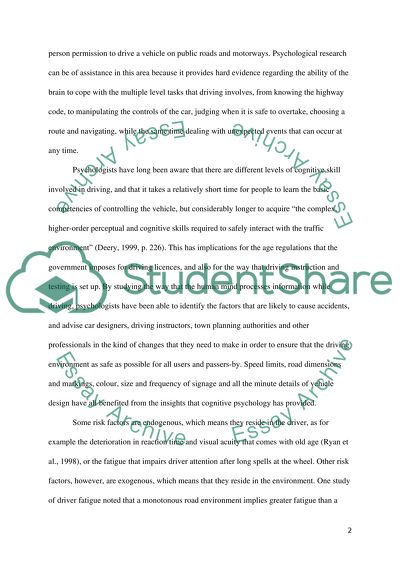Cite this document
(“How has Research in Psychology Led to new Solutions to Real-World Essay”, n.d.)
Retrieved from https://studentshare.org/psychology/1454618-how-has-research-in-psychology-led-to-new
Retrieved from https://studentshare.org/psychology/1454618-how-has-research-in-psychology-led-to-new
(How Has Research in Psychology Led to New Solutions to Real-World Essay)
https://studentshare.org/psychology/1454618-how-has-research-in-psychology-led-to-new.
https://studentshare.org/psychology/1454618-how-has-research-in-psychology-led-to-new.
“How Has Research in Psychology Led to New Solutions to Real-World Essay”, n.d. https://studentshare.org/psychology/1454618-how-has-research-in-psychology-led-to-new.


